This Sunday, June 8, Christians celebrate the feast of Pentecost when the apostles gathered in the upper room, “They were all filled with the Holy Spirit.” Acts 2:4
What does it mean for us to be “filled with the Holy Spirit” in this modern time?
This is an unprecedented time of chaos in our world: uncontrollable wildfires, political unrest throughout the world, the threat of Democracy being replaced by autocratic leaders who seek only the power that grants them wealth at the expense of others; the crisis on the Gaza strip; the war in Ukraine; the unrest worldwide due to the Tariff war initiated by the administration of the US; the very threat to our own Canadian Sovereignty. There is indeed a wind blowing that seems to fuel only disaster. It would seem that the “spirit of the Lord” is needed even more than ever.
“Why are you downcast, O my soul, and why are you disquieted within me? Hope in God. For I shall again praise him. He is my help and my God. ”
For Christians today, what is the upper room in which we find solace and where that new spirit of HOPE and LOVE can flourish? There is solace in each other working together for a better world.
I sincerely believe that in these times, there is also another kind of wind that is blowing that can and will change the face of the earth. There are so many new expressions of love, of hope being made available to people. One example, The Portal of Hope program initiated by Krista Tippett.
Ilia Delio in this 4-minute clip, brings real hope and love to our world. As she indicates, we need to plan for the future, live for the future and live with dreams and imagination...live into those dreams and imagination. She adds that “the only way to predict the future is to create it.” We can do this by focussing on one core value and that is the value of LOVE that holds us together no matter who God is or isn’t to us. We need to live as one big family together.
There are other signs of hope in today’s world that include acts of kindness, collaboration, and progress in addressing global challenges. Individuals and communities demonstrating compassion and resilience, as well as nations working together, indicate a commitment to a better future. Additionally, efforts to address the climate crisis and promote sustainability, such as green recovery packages and corporate initiatives, also offer hope for a more resilient future.
Where I live, in London, Ontario, Canada, amongst a community of Sisters, I see DAILY, many small acts of kindness: one Sister or staff member pushing another who is wheelchair bound, many examples of patient listening to each other, as conversations emerge, enjoying a joke together, praying together in or outside of the Chapel; using technology to bond us, connecting by countless Zoom calls, enjoying card games together. For this, we are grateful.
So when it seems that the spirit of evil is overtaking the world, let us also be mindful of another Spirit that is operative: the spirit of Love and in that alone can we place our hope.
In conclusion: what it means for us to be filled with the Holy Spirit is to know that love and to spread it over all the earth by beginning right where we are.
Prayer to the Holy Spirit by Diarmuid O’Murchu:
Come Holy Spirit, breathe down upon our troubled world.
Shake the tired foundations of our crumbling institutions.
Break the rules that keep you out of all our sacred spaces,
and from the dust and rubble, gather up the seedlings of a new creation.
Come Holy Spirit, enflame once more the dying embers of our weariness.
Shake us out of our complacency. Whisper our names once more,
and scatter your gifts of grace with wild abandon.
Break open the prisons of our inner being,
and let your raging justice be our sign of liberty.
Come Holy Spirit and lead us to places we would rather not go.
Expand the horizons of our limited imaginations.
Awaken in our souls dangerous dreams for new tomorrow,
and rekindle in our hearts the fire of prophetic enthusiasm.
Come Holy Spirit, whose justice outwits international conspiracy,
whose light outshines religious bigotry,
whose peace can halt our patriarchal hunger for dominance and control,
whose promise invigorates our every effort:
to create a new heaven and a new earth, now and forever. Amen.
-Sister Kathleen Lichti, csj









